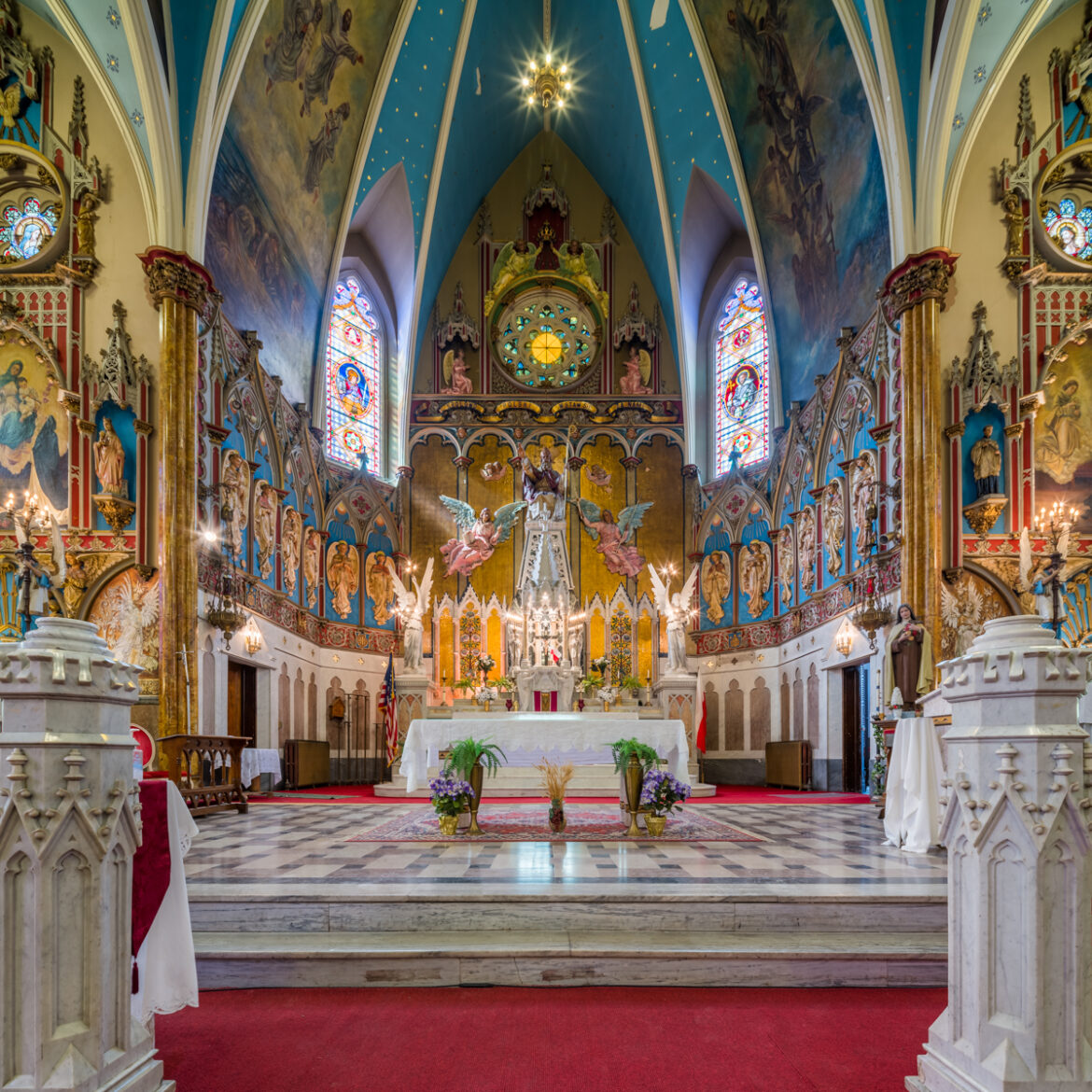The Church of Pater Noster, nestled on the Mount of Olives, stands as a revered edifice in Christian tradition. Its very existence pulsates with the essence of prayer, an echo of whispers from centuries past, when Jesus imparted the Lord’s Prayer to His disciples. This sacred site not only holds historical significance but also serves as a metaphorical bridge that connects the faithful to the divine. Within its walls, one discovers a sanctuary where worshippers engage with the foundational tenets of their faith through the powerful invocation of the Lord’s Prayer.
As one approaches the Church, the initial sight is a profound welcome—a vista encompassing the Old City of Jerusalem and the vast expanse of the Holy Land. Trees sway gently in the breeze, framing the silhouette of a church that speaks of resilience and antiquity. The very ground beneath seems imbued with sacred stories, as ancient as the stones themselves. Each detail of the Church of Pater Noster resonates with purpose, embodying an artistic amalgamation of Byzantine architecture and Romanesque elements.
Inside the church, visitors are greeted by a captivating display of the Lord’s Prayer, inscribed in over 140 languages, encircling the interior. This departure from mere linguistic representation transforms the space into a tapestry of global faith. Herein lies a profound paradox: the universality of prayer juxtaposed with the individual spirit of each language. Just as the prayer transcends cultures, so too does the church draw believers from diverse backgrounds, uniting them in a shared quest for communion with the Divine.
The sculpture of Jesus, depicted in a gesture of supplication, stands at the altar, a poignant reminder of the humility inherent in prayer. This imagery entices the viewer to ponder the radical simplicity encapsulated in the words of the Lord’s Prayer—words that embody a divine invitation to relationship. The request for daily bread becomes a metaphor not just for physical sustenance but for spiritual nourishment. Each visitor, while traversing this sacred space, is beckoned to reflect upon their daily communion with God, seeking sustenance for both body and soul.
The Mount of Olives itself, steeped in biblical narrative, is a poignant backdrop to the church. This site is the very place where Jesus often withdrew to pray, where He sought solace and strength. The mountainside, kissed by the sun, stands as a witness to the profound moments of vulnerability and revelation that characterized Christ’s ministry. It is here that the spirit of the place becomes palpable; one can almost feel the breath of heaven brushing against their skin, igniting a longing for deeper connection.
In exploring the Church of Pater Noster, the very act of prayer transforms into a pilgrimage—a journey that invites reflection on communal aspirations and personal quests for faith. Pilgrims find themselves enshrouded in a dialogue that resonates through the ages, aligning the heart with the rhythm of divine cadence. The experience compels visitors to confront their innermost desires for forgiveness, guidance, and connection, thus deepening their understanding of the sacred text and enhancing their spiritual journeys.
The significance of the Lord’s Prayer reverberates not only within the church but also in the broader context of Christian theology. Its invocation is a communal act that binds believers to the collective church, echoing the call to unity amidst the tapestry of disparate traditions. Each recitation is reminiscent of a shepherd calling forth his flock, drawing each individual into the warmth of fellowship and kinship in faith. The church, thus, stands as a physical manifestation of this divine gathering, a sanctuary for all seekers.
Moreover, the architectural nuances of the Church of Pater Noster reflect thematic elements integral to its purpose. The arches reach skyward, symbolizing the prayers rising to the heavens. The stained glass filters sunlight, casting radiant hues that dance upon stone floors—each color a prayer in itself, illuminating the path toward spiritual enlightenment. Every design aspect serves to deepen the contemplative experience, allowing worshippers to inhabit a space that mirrors their innermost aspirations.
The legacy of the Church of Pater Noster extends beyond its structural beauty; it stands as an enduring testament to the power of prayer as both a personal and communal experience. Here, in this sacred locale, the act of praying the Lord’s Prayer becomes an engagement with the divine mystery, inviting individuals to delve into the depths of their faith and wrestle with the complexities of their spiritual journey. The prayer resonates with profound truths: the longing for reconciliation, the call for divine provision, and the yearning for protection from evil—all encapsulated within a few evocative phrases.
In conclusion, the Church of Pater Noster is not merely a physical structure; it is a convergence of history, theology, and artistry—a veritable pilgrimage site for the soul. Each visitor leaves imbued with a renewed sense of purpose, touched by the sublime quality of sacred dialogue. The church invites hearts to soar and minds to unravel the mysteries of faith, seamlessly weaving intellect and emotion into a tapestry of worship. As one departs from this hallowed place, the Lord’s Prayer lingers—an everlasting emblem of hope, guiding the faithful in their continuous quest for divine connection and communion.



